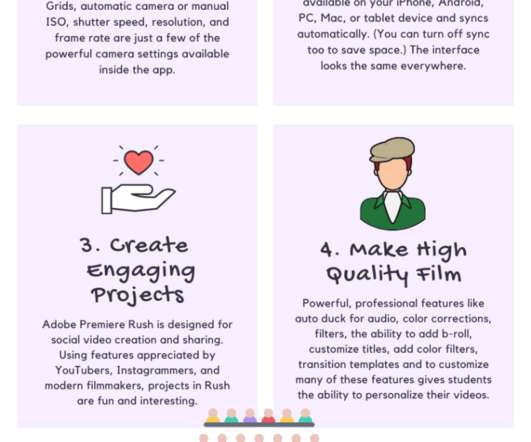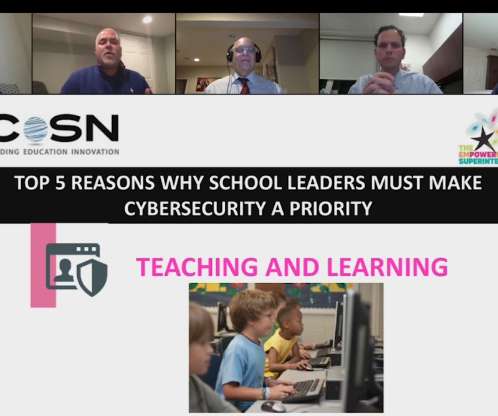8 Ways for Teachers (and Parents) to Use Twitter
Gaggle Speaks
SEPTEMBER 16, 2015
Unless you’ve been living in a box at the bottom of the ocean since 2006, you should know about Twitter, the social network that lets users read and send “tweets” no more than 140 characters long. According to the Pew Research Center , Twitter is the fourth most popular social network used by teens. Within seconds.






















Let's personalize your content